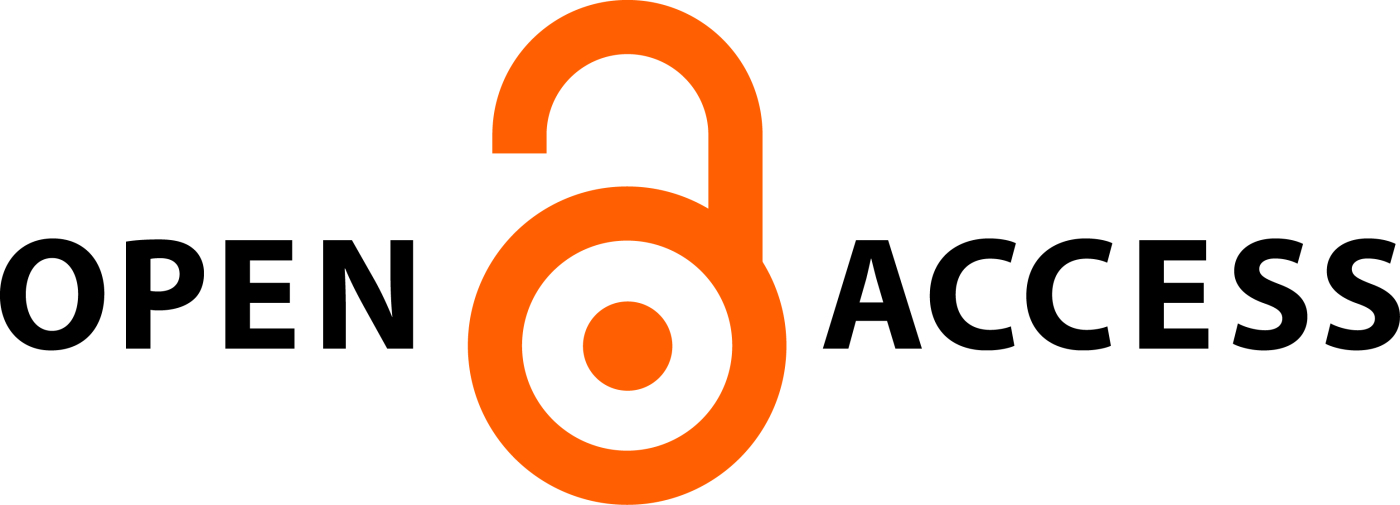Comparative Evaluation of 2D Versus 3D Imaging Modalities in the Diagnosis of Root Resorption and Periapical Pathologies
Abstract
Accurate diagnosis of root resorption and periapical pathologies is critical for effective endodontic treatment planning and prognosis.
Conventional two-dimensional (2D) imaging modalities, including periapical and panoramic radiographs, have been widely used;
however, they present limitations such as superimposition and reduced sensitivity for early or complex lesions. Cone-beam computed
tomography (CBCT), a three-dimensional (3D) imaging modality, offers enhanced visualization of anatomical structures and improved
detection of endodontic pathologies. This study aims to comparatively evaluate the diagnostic accuracy of 2D and 3D imaging modalities
in identifying root resorption and periapical lesions. A cross-sectional analysis was conducted on patients presenting with suspected
endodontic pathologies. Images were independently assessed by experienced endodontists, and diagnostic outcomes, including
sensitivity, specificity, and interobserver reliability, were analyzed. Findings demonstrated that CBCT significantly improves detection
rates of root resorption and periapical pathologies compared to conventional 2D radiographs, offering higher diagnostic confidence
and better guidance for clinical decision-making. While 2D imaging remains valuable for routine screening, 3D imaging is recommended
for complex cases where precise assessment is critical.
Downloads
All the articles published in JAPSR are distributed under a creative commons license (CC BY-NC-SA 4.0)
Under this license, you are free to:
- Share- copy and redistribute the material in any medium or format for any purpose, even commercially.
- Adapt- remix, transform, and build upon the material for any purpose, even commercially.
The licensor cannot revoke these freedoms as long as you follow the license terms.
- Attribution — You must give appropriate credit , provide a link to the license, and indicate if changes were made . You may do so in any reasonable manner, but not in any way that suggests the licensor endorses you or your use.
- NonCommercial — You may not use the material for commercial purposes .
- ShareAlike — If you remix, transform, or build upon the material, you must distribute your contributions under the same license as the original.
- No additional restrictions — You may not apply legal terms or technological measures that legally restrict others from doing anything the license permits.
Copyright policy
The journal allows the author(s) to hold the copyright of their work. That means the authors do not need to transfer the copyright of their work to the journal. However, the authors grant JAPSR a license to publish the article and identify itself as the original publisher.
Licensing policy
The journal allows the author(s) to hold the copyright of their work. That means the authors do not need to transfer the copyright of their work to the journal. However, the authors grant JAPSR a license to publish the article and identify itself as the original publisher.






